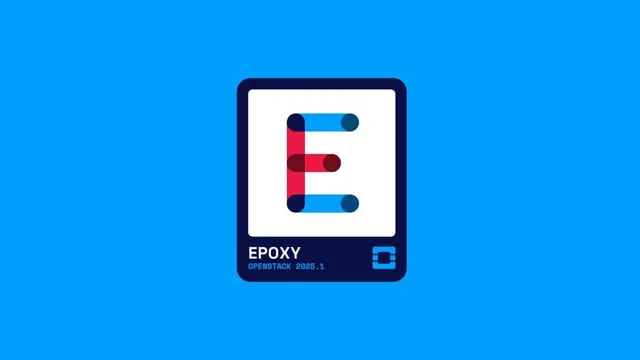
OpenStack introduces Epoxy to facilitate VMware migrations
2025-04-03 00:00- The Open InfraFoundation has released a new OpenStack version named Epoxy.
- This version includes features like integration with Prometheus and hardware drivers from major vendors to aid VMware migrations.
- Despite these improvements, analysts warn that migrating from VMware remains a complex and risky process.
Express your sentiment!
Insights
In April 2025, the Open InfraFoundation announced the release of its latest version of OpenStack, named Epoxy. This update is designed to offer better alternatives for organizations considering transitioning from VMware. Key features of this release include enhanced integration between OpenStack's Watcher component, a resource optimization tool, and Prometheus, a monitoring and alerting solution. This integration is aimed at allowing users to effectively monitor migrations and identify bottlenecks during the transition process. Additionally, the inclusion of drivers for storage hardware from vendors such as NetApp, Pure Storage, and Hitachi in the Cinder block storage module is anticipated to ease access for users. Nevertheless, industry analysts from Gartner have expressed doubt about the likely challenges, costs, and risks associated with such migrations. It remains to be seen how many VMware users will be motivated to switch, especially considering the recent revenue increase reported for VMware by Broadcom and its positive reception among existing customers. Further, significant upgrades to OpenStack’s compute service, Nova, allow virtual machines to directly utilize GPUs, which is crucial for performance-critical AI workloads. Updates to the Octavia load balancing service are also noteworthy, providing better security for virtual IP ports. OpenStack's commitment to enhancing user experience through seamless integration and reducing complex deployment processes has been underscored with additions to Ironic, its bare-metal provisioning service. With over 450 developers contributing to this 31st version, the release stands out as a significant milestone in the open-source cloud technology journey. The subsequent release, Flamingo, is planned for October 1, 2025, reinforcing OpenStack’s consistent development timeline.
Contexts
OpenStack and VMware are two leading platforms for cloud infrastructure management, each with distinct features, use cases, and benefits. OpenStack, an open-source platform, offers organizations the ability to deploy and manage cloud resources effectively while providing the flexibility of customization tailored to specific needs. In contrast, VMware is a proprietary software that has established a robust reputation in virtualization technology, primarily catering to enterprises that seek comprehensive solutions backed by vendor support and a wealth of integrated features. Both platforms have their respective advantages and cater to different types of organizations and their cloud strategies. OpenStack excels in its ability to provide a cost-effective solution for institutions that prefer open-source software, allowing for extensive customization and avoidance of vendor lock-in. Its community-driven development model underlines its collaborative nature, attracting a diverse range of contributors that expand its capabilities continually. The platform supports a variety of environments ranging from public to private and hybrid clouds, which makes it a flexible choice for organizations looking to scale their infrastructure without a significant upfront investment. Moreover, OpenStack is designed for interoperability, which enables seamless integration with existing technologies, making it an attractive option for companies with complex infrastructures. On the other hand, VMware stands out with its integrated suite of tools and services that enhance cloud management and operations. The proprietary nature of the software ensures that organizations receive structured support and security updates, which are critical for large corporations managing sensitive data. VMware's virtualization technology is well-established, providing reliable performance and management capabilities in hybrid cloud environments. Its robust tools, such as VMware vSphere, offer advanced features for performance monitoring and automation, which can significantly reduce operational overhead while increasing efficiency in resource utilization. For businesses requiring a traditional IT infrastructure transition to the cloud with the assurance of reliability and support, VMware presents a strong case. Ultimately, the choice between OpenStack and VMware largely hinges on an organization’s specific needs, budget considerations, and cloud strategy. OpenStack is suitable for tech-savvy organizations with in-house expertise that prioritize flexibility and control over their cloud environment. In contrast, VMware appeals to enterprises seeking a comprehensive, reliable solution backed by existing infrastructure with an emphasis on performance and support. Understanding the strengths and limitations of each platform is crucial for organizations aiming to implement a successful and sustainable cloud strategy.